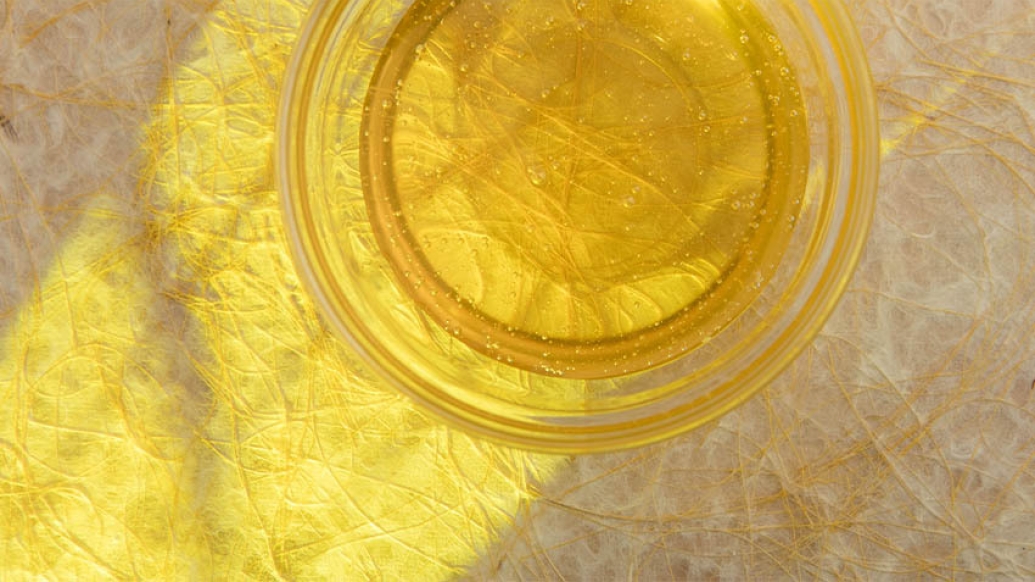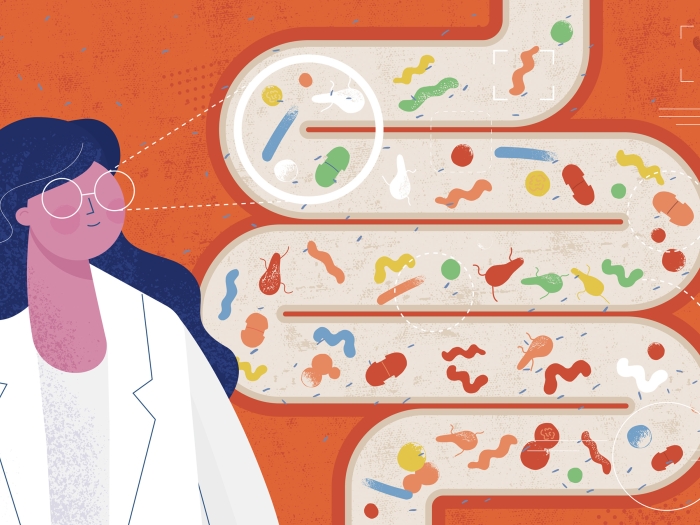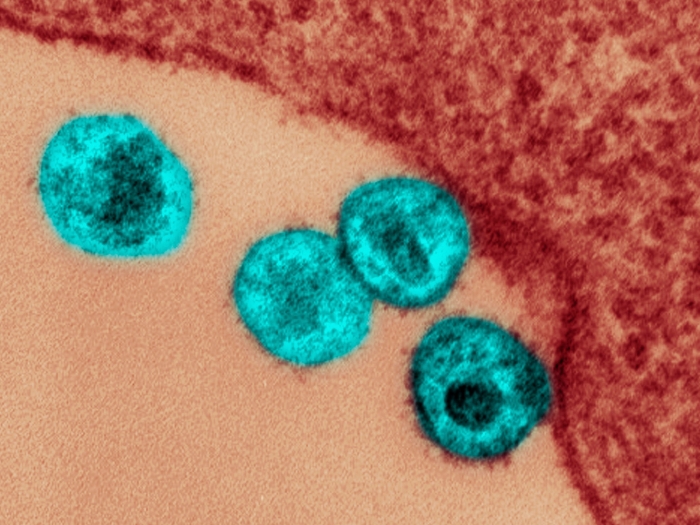A team explores the protective capabilities of consuming a diet enriched with fructose when it comes to acetaminophen overdose in mice.
9:07 PM
Author |

Acetaminophen is the most popular over-the-counter painkiller in the United States. Overdosing on the product can, however, lead to severe health consequences.
"Many people are unaware that acetaminophen overdoses are responsible for nearly 46% of all acute liver failure cases throughout the country," says Lei Yin, M.D., Ph.D., associate professor of molecular and integrative physiology and internal medicine at Michigan Medicine. "On average, nearly 26,000 hospitalizations due to drug-related liver injury or death in the U.S. are caused by acetaminophen."
Fructose is a sweetener present in various beverages and processed foods that are widely consumed throughout the country. And traditionally, chronic fructose overconsumption is strongly associated with obesity, hepatic steatosis, or fatty liver disease and insulin resistance.
But in a new study led by Deqang Zhang, Ph.D., a research investigator within the University of Michigan Medical School's Department of Molecular and Integrative Physiology, Yin and a team of researchers, the benefits of following a short-term fructose diet before enduring an acetaminophen overdose were revealed.
Like Podcasts? Add the Michigan Medicine News Break on iTunes, Google Podcast or anywhere you listen to podcasts.
Their research was recently published in Hepatology Communication, a new journal affiliated with Hepatology.
"We found that in mice, consuming a high fructose diet for a short amount of time prior to an acetaminophen overdose actually offered protections against liver injury," says Yin. "This was incredibly revealing."
The team experimented with two separate groups of mice. The first one was fed a high fructose diet before being injected with acetaminophen, and the second was injected with the drug and then administered a fructose and/or glucose solution afterwards.
"Upon observation, we found that the mice that were given the short-term high fructose diet before the acetaminophen overdose showed nearly no liver damage caused by the acetaminophen metabolites," says Yin.
The team also found that when acute fructose intake was administered right after acetaminophen administration, it also effectively reduced liver damage by acetaminophen metabolites.
"When we gave the second group of mice the fructose injection within 45 minutes to six hours of administering the acetaminophen, it also effectively reduced liver damage by the drug's metabolites," Yin adds. "This suggests that fructose can be used as a treatment for patients with recent acetaminophen overdoses."
MORE FROM THE LAB: Subscribe to our weekly newsletter
The team also found that fructose modulates expression of a wide array of genes in hepatocytes, including lipogenesis, cytokines and endoplasmic reticulum homeostasis.
"We observed that fructose regulates hepatocyte gene expression (in part) through the transcription factor Carbohydrate Response Element Binding Protein, or ChREBPa," says Yin.
She adds that the team's further analysis indicates that ChREBPa plays a crucial role for the protective action of fructose against acetaminophen-induced liver toxicity.
"During our study, it became evident that hepatocyte ChREBPa senses fructose and subsequently up-regulates the hormone Fibroblast Growth Factor 21, or FGF21, in order to protect hepatocytes. This is a very exciting discovery."
Paper cited: "Fructose Protects against Acetaminophen-induced Hepatotoxicity Mainly via Activating the ChREBPa -FGF21 Axis in Mice," Hepatology Communication. DOI: 10.1002/hep4.168

Explore a variety of healthcare news & stories by visiting the Health Lab home page for more articles.

Department of Communication at Michigan Medicine
Want top health & research news weekly? Sign up for Health Lab’s newsletters today!





